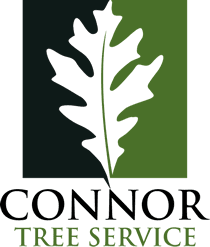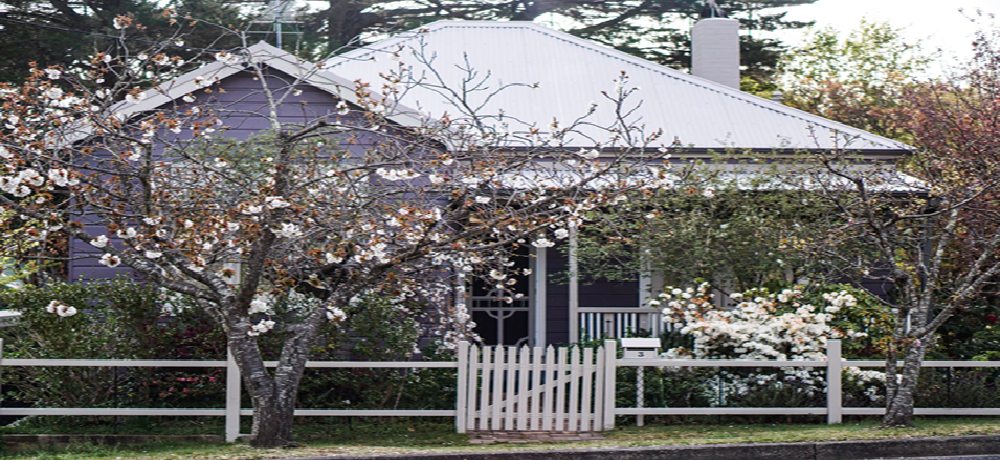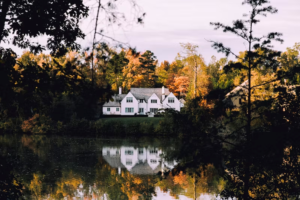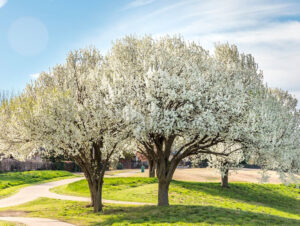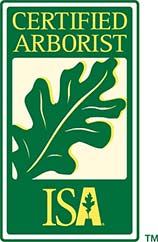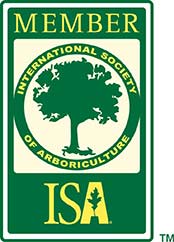Beneath the quiet rustle of leaves and the stark silhouette against the skyline, your tree may be silently crying out for help. Perhaps it’s diseased, dying, or poses a safety threat to your property or loved ones. The once magnificent landmark in your yard now becomes a cause for concern. You realize it’s time for the tree to come down.
Yet, the prospect of tree removal brings up an intricate web of legal considerations that seem as convoluted as the tree’s own network of roots. You fear hefty fines, possible disputes, and the daunting process of securing the necessary permits. Navigating this path can indeed be overwhelming, especially without the right guidance.
This is where a Charleston tree service like Connor Tree Service comes in handy, combining expertise and a deep understanding of the local tree removal laws to help you overcome these hurdles. But first, let’s unpack the legal landscape that surrounds tree removal.
Understanding Tree Removal Laws
Diameter at Breast Height (DBH) and Species Considerations
Each municipality has its unique rules based on the Diameter at Breast Height (DBH) and species of trees. DBH refers to the standard method of expressing the diameter of the trunk or bole of a standing tree. This is measured at 4.5 feet (or 1.37 meters) above the ground. In some cases, trees with a larger DBH may require a permit before removal due to their ecological importance.
Different tree species also have various protections based on their contribution to the local ecosystem, rarity, or historical significance. Some species may require permits irrespective of their DBH. It’s crucial to check local regulations or consult a professional tree service to determine the exact rules in your location.
Penalties for Unauthorized Tree Removal
Failure to adhere to these municipal laws can result in hefty fines. These penalties are imposed to deter unauthorized tree removal and to protect our precious ecosystems. However, it’s not always easy to understand the legal jargon that surrounds these laws. This is where the expertise of a Charleston tree service becomes invaluable, helping you navigate these complex legal waters.
Pruning Trees: More Than Just Aesthetics
In some cases, you may want to keep your tree but need it pruned for safety, health, or aesthetic reasons. Pruning, however, isn’t as simple as chopping off branches. Standards set by the American National Standards Institute (ANSI) A300 guide how trees should be pruned to maintain their health and aesthetic appeal.
A professional tree service understands these standards and applies them, ensuring your trees are cared for correctly, and you remain compliant with local laws.
Get an assessment and quote from Connor Tree Service today.
Trees on Property Lines: An Invisible Line of Responsibility
Now, let’s address a common source of disputes among neighbors – the trees that straddle property lines. Legally, an invisible line extending upward along the property line determines responsibility.
If a tree’s trunk is primarily on your side, you’re typically the one responsible for maintaining it. However, if the tree straddles the boundary, both parties share the responsibility.
This shared responsibility can sometimes result in disagreements, especially when one party wants to remove or drastically prune the tree.
In such cases, it’s essential to understand your rights, communicate effectively with your neighbor, and engage a Charleston tree service that understands the legal and practical implications.
Choosing the Right Tree Service
With all these considerations in mind, it becomes apparent that tree removal or pruning isn’t a simple task. It requires not only physical labor but also a deep understanding of local laws, tree species, and proper tree care standards. It’s important to choose a tree service that operates with integrity, respecting both the law and the health of your trees.
Our team doesn’t just remove trees; we provide a comprehensive service that takes into account the health of your trees, your safety, and the local laws. We understand that you don’t just need a tree removed; you need peace of mind that the job is done right, legally, and ethically.
Navigating the legal maze surrounding tree removal doesn’t have to be a daunting task. With the right tree service by your side, you can confidently address your tree issues, secure in the knowledge that your actions are legally sound, and your trees are handled with care.
So don’t let the fear of legal implications stand in your way. Reach out to Connor Tree Service today – your trusted partner for tree removal and pruning services.
